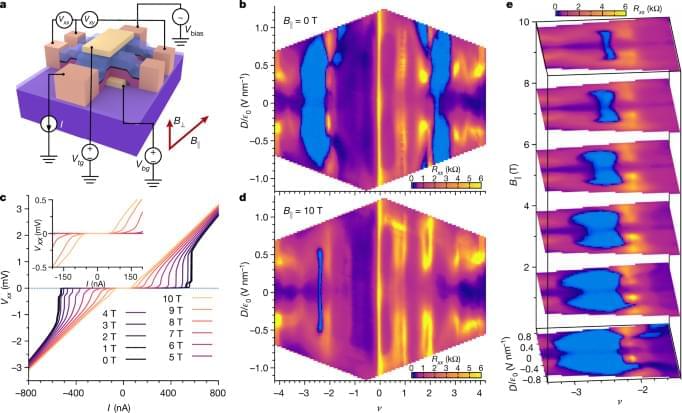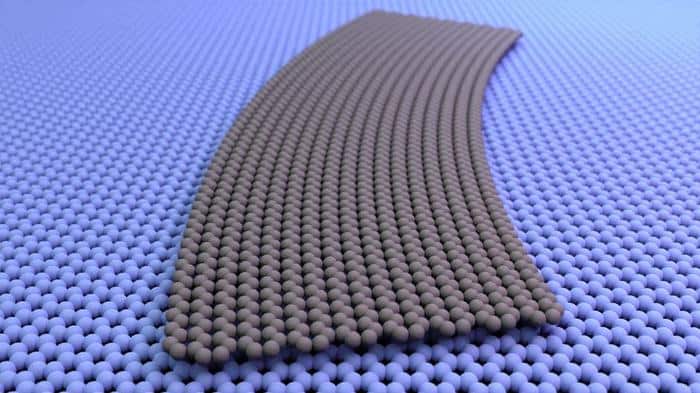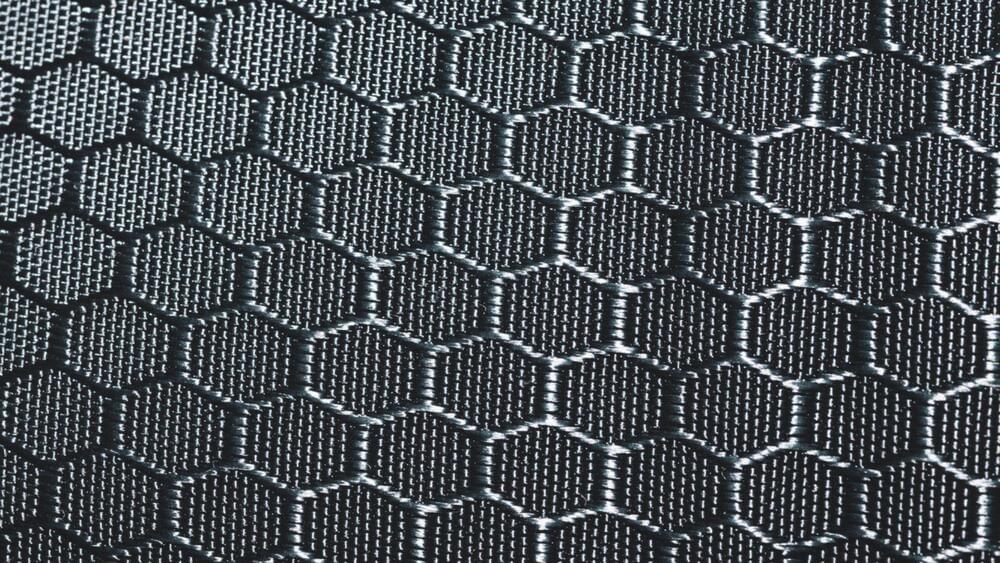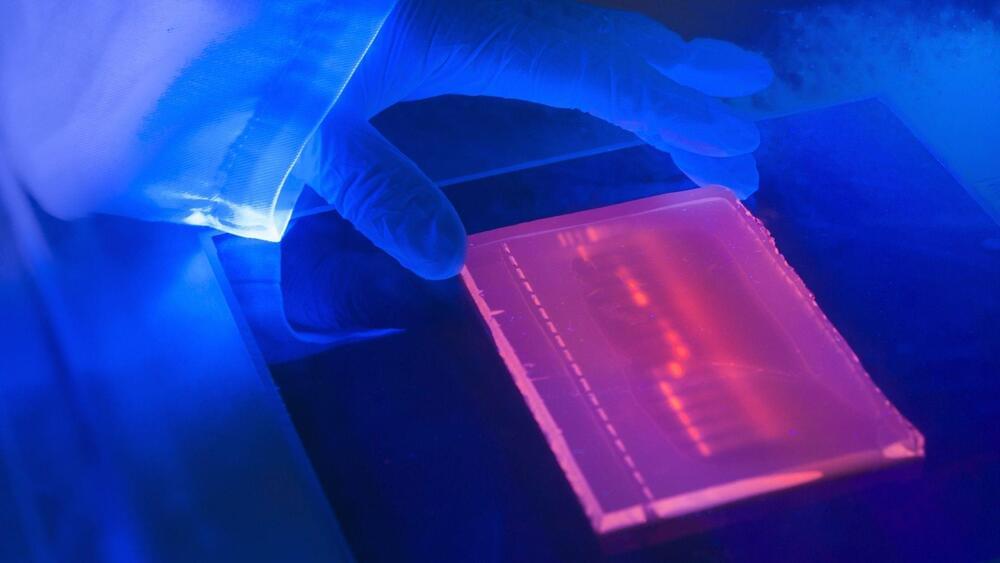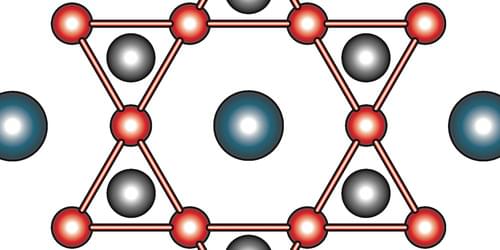Intel is trying to keep up with the exploding demand for new computing horsepower.
In what is being seen as a shift from silicon, Intel announced Monday their progress in commercializing glass substrates toward the end of the decade. The company said that glass substrates are an improvement in design, allowing more transistors to be connected in a package and will help overcome the limitations of organic materials.
As the world advances to incorporate developments in data-intensive workloads in artificial intelligence, glass substrates, in comparison to organic substrates,… More.
Intel.
Intel says its new glass substrate will help the company create more powerful processors with better production yields.

